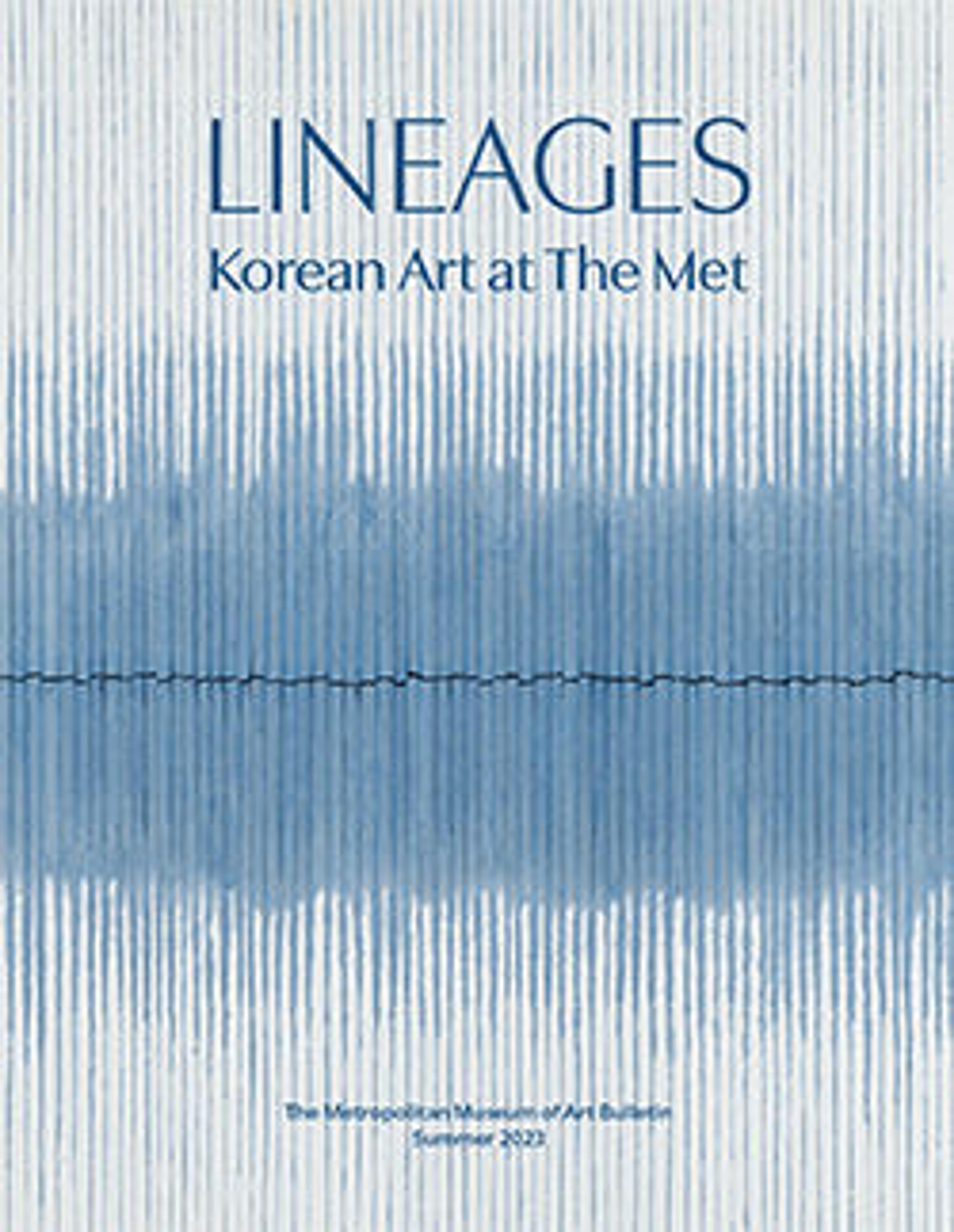English
Moon jar
Moon jars have become national icons, inspiring the shape of the 2018 Pyeongchang Winter Olympic cauldron and garnering record-breaking prices at auction. Thus it may be surprising that during the Joseon period these vessels were utilitarian objects, referred to as daeho (literally “big jar”), and fell out of vogue in the 1800s. Rediscovered in the twentieth century and called moon jars for their evocative forms, they are adored by many for unintentional features acquired during firing, such as asymmetry or the final hue. Because moon jars are made by joining two hemispheres, each example has a unique shape.
Artwork Details
- 백자 달항아리 조선
- 白磁壺 朝鮮
- Title:Moon jar
- Period:Joseon dynasty (1392–1910)
- Date:second half 18th century
- Culture:Korea
- Medium:Porcelain
- Dimensions:H. 15 1/4 in. (38.7 cm); Diam. 13 in. (33 cm); Diam. of rim 5 1/2 in. (14 cm); Diam. of foot 4 7/8 in. (12.4 cm)
- Classification:Ceramics
- Credit Line:The Harry G. C. Packard Collection of Asian Art, Gift of Harry G. C. Packard, and Purchase, Fletcher, Rogers, Harris Brisbane Dick, and Louis V. Bell Funds, Joseph Pulitzer Bequest, and The Annenberg Fund Inc. Gift, 1975
- Object Number:1979.413.1
- Curatorial Department: Asian Art
More Artwork
Research Resources
The Met provides unparalleled resources for research and welcomes an international community of students and scholars. The Met's Open Access API is where creators and researchers can connect to the The Met collection. Open Access data and public domain images are available for unrestricted commercial and noncommercial use without permission or fee.
To request images under copyright and other restrictions, please use this Image Request form.
Feedback
We continue to research and examine historical and cultural context for objects in The Met collection. If you have comments or questions about this object record, please contact us using the form below. The Museum looks forward to receiving your comments.
